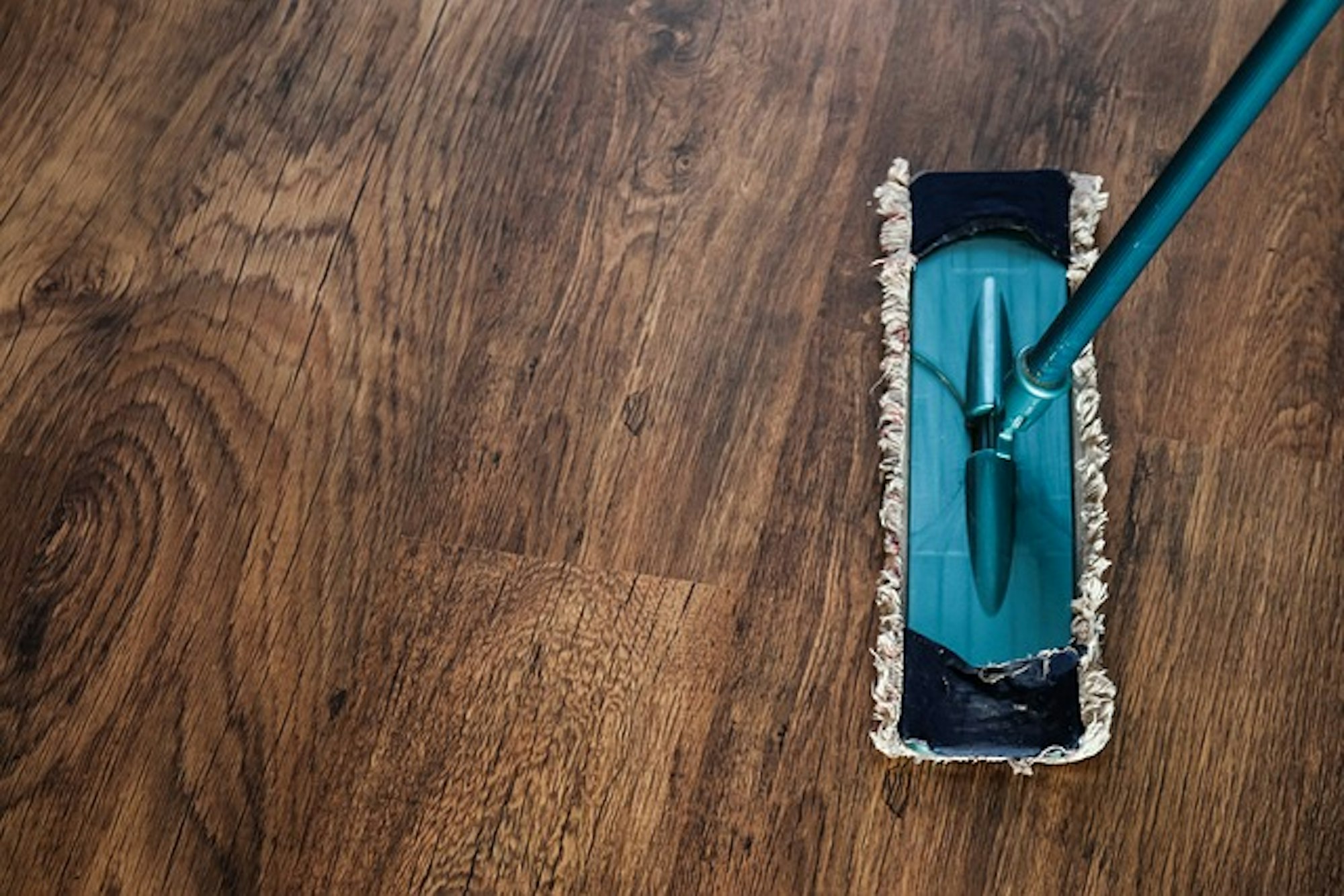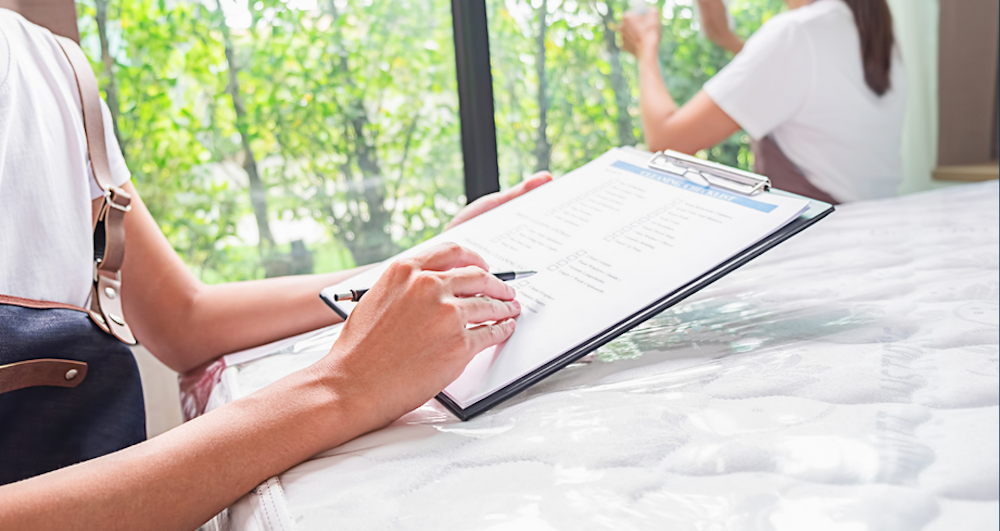
The Importance of Sterilising Cleaning Equipment After Use
- 4 min read
- Castle
Far too often, cleaning operatives overlook one important task when they have finished a day’s work or a specific cleaning job, and that is sanitising their equipment after use.
Rinsing and cleaning equipment after each use ensures that no bacteria or viruses are spread to other areas during their next use – because, after all, you wouldn’t clean your dishes with a dirty sponge!
So, in this article, we are going to explore a few reasons sanitising cleaning equipment after each use is so important and provide some pointers on how to do so effectively.
1: Sterilising Equipment Upholds Hygiene and Health
In any commercial establishment, ensuring a clean and hygienic environment is crucial for the health and well-being of all individuals involved. Harmful bacteria, viruses, and pathogens can thrive on various surfaces, objects, and areas within the premises, posing a significant risk to occupants and employees alike. This is where the proper sterilisation of cleaning equipment becomes paramount.
Cleaning equipment, such as mops, brushes, vacuum cleaners, and cloths, are used extensively to remove dirt, dust, and debris from different surfaces. However, during the cleaning process, these tools inevitably come into contact with potentially contaminated areas. Without thorough sterilisation, the equipment becomes a potential carrier of harmful microorganisms, allowing them to spread and cause cross-contamination.
Proper sterilisation protocols ensure that cleaning tools are thoroughly sanitised after each use, eliminating any lingering microorganisms. This helps create a hygienic environment that promotes health and well-being for both the cleaning staff and the occupants of the commercial establishment.
2: Sterilising Equipment Ensures Compliance with Regulations
In the United Kingdom, various industries, including healthcare, food service, and hospitality, are governed by stringent regulations and guidelines to uphold health and safety standards. These regulations are in place to protect the well-being of both employees and customers, and they often include specific requirements regarding cleaning and sterilisation practices.
In the healthcare sector, for instance, the Health Technical Memorandum (HTM) 01-05 provides guidelines on decontamination and sterilisation practices for medical equipment and devices. This includes the sterilisation of cleaning equipment used in healthcare facilities to prevent the transmission of infections and maintain a safe environment for patients and healthcare professionals.
In the food service industry, the Food Standards Agency (FSA) sets strict regulations to safeguard public health. The Food Hygiene Rating Scheme assesses the hygiene standards of food businesses, taking into account factors such as cleanliness and food handling practices. Proper cleaning and sterilisation of equipment, including utensils, cutting boards, and food preparation surfaces, are essential to prevent foodborne illnesses and maintain compliance with food safety regulations.

Similarly, in the hospitality sector, establishments such as hotels, restaurants, and cafes are subject to regulations, such as the Health and Safety at Work Act and the Control of Substances Hazardous to Health (COSHH) regulations. These regulations emphasise the need for effective cleaning and sterilisation practices to ensure the health and safety of employees and guests. Regular sterilisation of cleaning equipment used in guest rooms, bathrooms, kitchens, and public areas helps prevent the spread of harmful microorganisms and maintains a clean and hygienic environment.
By sterilising cleaning equipment after use, commercial cleaning businesses demonstrate their commitment to complying with these regulations. It showcases their dedication to maintaining health and safety standards and upholding the well-being of individuals within the premises. Failure to meet these requirements can result in penalties, legal consequences, and reputational damage.
3: Sterilising Equipment Improves the Effectiveness of the Tools
Over time, cleaning equipment such as mops, brushes, and sponges tend to accumulate dirt, grime, and residue. If left unaddressed, this build-up can compromise the effectiveness of the equipment, making it less efficient in removing dirt and germs. Cleaning the equipment after each use prevents residue build-up, ensuring that the tools remain in optimal condition for subsequent cleaning tasks. Regular sterilisation also extends the lifespan of the cleaning equipment, reducing the need for frequent replacements and saving costs in the long run.

Tips For Effectively Sanitising Cleaning Equipment After Use
Below are some tips on ways to minimise cross-contamination, and maintain the life of cleaning equipment:
- Replace floor pads and screens after every use.
- Complete a cleaning audit to ensure sterilising of equipment has been completed before moving on to a new job or task.
- Rinse mop heads and buckets with warm water and leave them to dry out fully before the next use.
- Wash dusters and reusable cloths with mild detergent.
For More Information or to Order Commercial Cleaning and Hygiene Supplies, Talk to Castle (EU)
At Castle (EU), everything we do revolves around making your lives easier. Our sustainable cleaning products, staff training, and product supply facilities are designed to help you run your cleaning contracts safely and efficiently – without it costing you the earth!
Whether you’re just starting out in the cleaning industry or looking to take your business to the next level, we’re here to help. Contact our team today for more information on how we can support your needs.